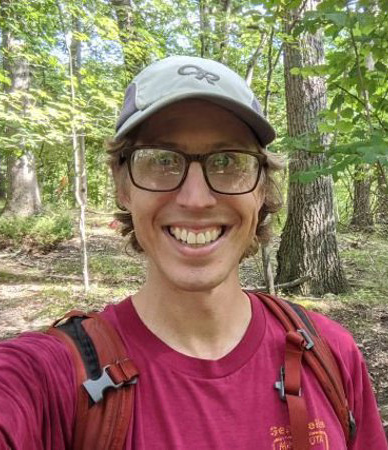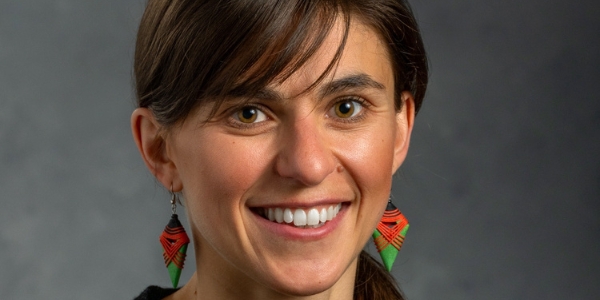Want to understand grasslands? Look at the bigger picture
What factors do you consider when moving to a new area: school districts, home size or distance from work? If hundreds of people are competing for a spot, what determines who gets in?
It’s an interplay of local factors, like home size, and regional ones, such as school districts, which ultimately shape communities. New research appearing in the journal Ecology Letters asks how local and regional factors determine the makeup of plant species in grasslands.

Michigan State University researchers from the Brudvig Restoration Ecology lab are attempting to solve a longstanding question in community ecology: how do regional and local factors jointly determine biodiversity? Lars Brudvig is an EEB core faculty member.
The authors argue that while both regional and local factors influence biodiversity, the effects of regional factors need to be better understood to help combat biodiversity loss.
Most prior research in the field has been fixated on how local factors — including competition for resources like soil nutrients or moisture — shape ecological communities.
This has resulted in a disproportionate understanding of the role that processes within communities have in shaping biodiversity compared to those that span large regions and multiple communities.
Helping to fill the gap, this research demonstrates that regional conditions alter the makeup of communities, providing a more nuanced picture of how biodiversity is determined.
Plots across 12 grassland sites with varying soil moisture levels were seeded with mixes of native grass seeds ranging from highly diverse (30 species) to minimally diverse (8 species). The quantity of seeds dispersed ranged from 270 to 970 seeds per square meter.
This allowed the researchers to parse out how the influx of species into communities influences their makeup over time, relative to the impact of soil moisture, which influences plant growth and competition between species a the local level.
How many species and individuals were introduced to the plots altered the makeup of species expected based on soil moisture alone, revealing that local factors which drive inter-species competition can only partially explain shifts in biodiversity when studied alone.
Across study sites where immigration was high, initial diversity within each site began high, but diversity across sites remained low. Over time, the variety of species within individual sites declined as well, as species best suited to the environment gained dominance. Communities stemming from an influx of many individuals from a small number of species were shaped more decisively by local factors.
In sites where highly diverse seed mixes were distributed, species variety remained higher in and across the study sites, resulting in greater local species diversity, and limiting diversity loss over time.
In essence, local factors are more influential when a particularly well-adapted species can thrive, but in systems where high biodiversity takes root early on, this variation helps limit one species — even if it has an advantage — from gaining dominance.
These findings suggest that immigration from a highly varied group of species helps maintain species diversity over time, overcoming local ecological factors which would otherwise encourage a single well-adapted species to assert dominance.
This interplay between factors at different scales has long gone understudied and undervalued. Now, these findings may help deepen scientists’ understanding of the complex interplay of factors at the regional and local levels which shape ecological communities.
Understanding how these processes converge, and influence species composition can better equip scientists to develop powerful conservation strategies, including approaches that could mitigate further biodiversity loss worldwide.
“We wanted to find a way to combine the power of experimental manipulations with the realism and complexity of nature,” Brudvig said.
Read the full story in the College of Natural Science.



